Low tunnels
luvncannin
9 years ago
Related Stories

FUN HOUZZSpace We Love: Down the Rabbit Hole
We're dying to crawl through this secret Alice-in-Wonderland tunnel, aren't you?
Full Story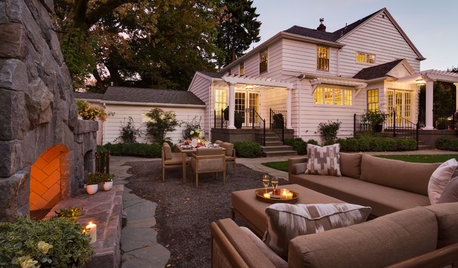
GARDENING AND LANDSCAPINGHouzz Survey: See What Homeowners Are Doing With Their Landscapes Now
Homeowners are busy putting in low-maintenance landscapes designed for outdoor living, according to the 2015 Houzz landscaping survey
Full Story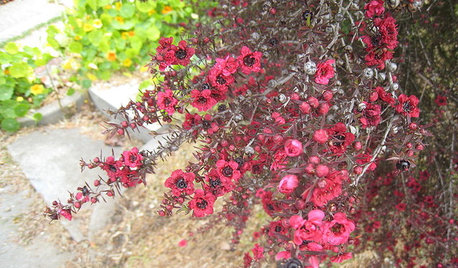
GARDENING GUIDESGreat Design Plant: New Zealand Tea Tree
Balance pretty polish and ruggedness in a temperate garden with this low-maintenance and drought-tolerant flowering shrub
Full Story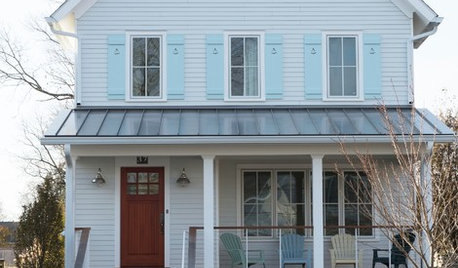
DISASTER PREP & RECOVERYHouzz Tour: Modern Farmhouse Emerges From Hurricane Sandy Devastation
A homeowner loses her cottage but gains a new energy-efficient, low-maintenance home
Full Story
MODERN HOMESHouzz Tour: Double the Space for a Newly Modern Seattle Home
Breathing-room woes go out the window with an extensive remodel that adds a bedroom, a roof deck and an in-law apartment
Full Story
FUN HOUZZ31 True Tales of Remodeling Gone Wild
Drugs, sex, excess — the home design industry is rife with stories that will blow your mind, or at least leave you scratching your head
Full Story
MOST POPULARPros and Cons of 5 Popular Kitchen Flooring Materials
Which kitchen flooring is right for you? An expert gives us the rundown
Full Story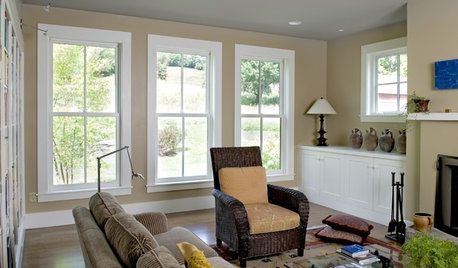
LIGHTINGSo You Bought a Cave: 7 Ways to Open Your Home to Light
Make the most of the natural light your house does have — and learn to appreciate some shadows, too
Full Story
LIGHTINGWhy It’s High Time to Reconsider Flush-Mount Lights
Look past your negative perceptions and see how versatile these lights can be
Full Story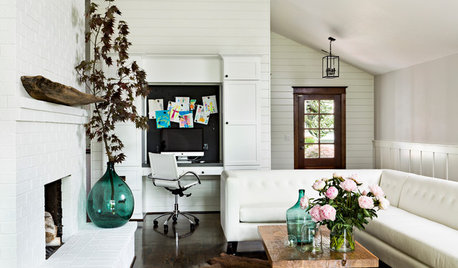
COLORYou Said It: ‘Adding Color Is About So Much More Than Shock’ and More
Highlights from the week include color advice, Houzzers helping Houzzers and architecture students building community housing
Full StorySponsored
Industry Leading Interior Designers & Decorators in Franklin County
More Discussions






greenveggielover
luvncanninOriginal Author
Related Professionals
Erie Landscape Architects & Landscape Designers · Kyle Landscape Architects & Landscape Designers · Rancho Cordova Landscape Architects & Landscape Designers · Zion Landscape Architects & Landscape Designers · Biloxi Landscape Contractors · Braintree Landscape Contractors · Burlington Landscape Contractors · Euclid Landscape Contractors · Sammamish Landscape Contractors · Severna Park Landscape Contractors · Washington Landscape Contractors · Wickliffe Landscape Contractors · Rancho Palos Verdes Decks, Patios & Outdoor Enclosures · Randallstown Decks, Patios & Outdoor Enclosures · Towson Decks, Patios & Outdoor Enclosuresgreenveggielover
Okiedawn OK Zone 7
cole_robbie
luvncanninOriginal Author
soonergrandmom
soonergrandmom
Okiedawn OK Zone 7
soonergrandmom
Okiedawn OK Zone 7
luvncanninOriginal Author
luvncanninOriginal Author